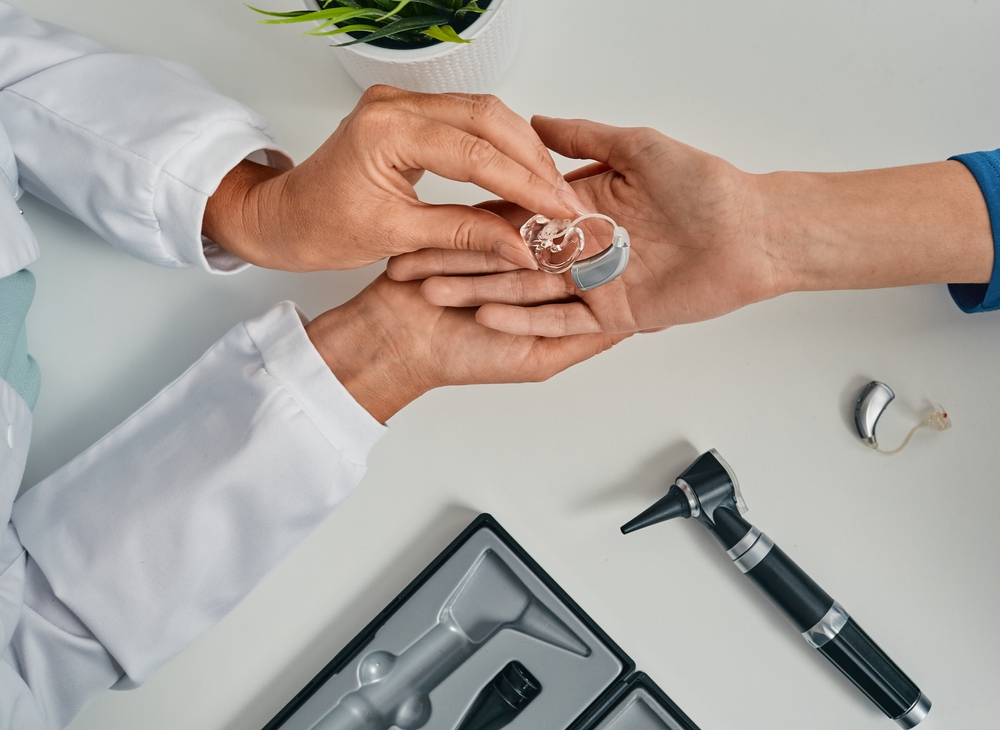
Hearing aids play a vital role in enhancing sound clarity and enriching daily communication. To keep them performing at their best, routine maintenance and professional cleanings are crucial. Over time, earwax, moisture, and debris can accumulate, leading to reduced functionality. Recognizing when it is time to arrange professional maintenance can help prolong the life of your hearing aids and ensure they continue to operate at their best.
The importance of professional hearing aid cleaning
Even with regular at-home care, hearing aids gradually collect buildup that might affect sound quality and performance. Professional routine maintenance offers several major benefits:
- Deep Cleaning– Eliminates earwax, dust, and moisture that everyday cleaning tools may not effectively eliminate.
- Enhanced efficiency – Removes barriers that might cause muted audio or distortion.
- Prolonged Lifespan– Prevents early wear and tear, decreasing the need for repair work or replacements.
Routine skilled cleanings keep your hearing aids working efficiently, decreasing the chance of unexpected malfunctions.
Indications that your hearing aids require professional maintenance
If you’re unsure whether it’s time for a professional cleaning, look for these common warning signs:
- Unclear or Jumbled Audio: If voices and background sounds seem faint, muffled, or altered, the issue might be caused by obstructions, such as earwax or debris, impeding the device’s microphone or speaker.
- Continuous Feedback or Squealing: A squealing noise at a high frequency (feedback) could suggest a blockage from earwax or a poorly device. Professional cleaning can assist in clearing blockages and adjusting the fit accurately.
- Issues with Volume Control: If changing the volume doesn’t seem to have the desired effect, internal components might need repair or software recalibration.
- Moisture-Related Breakdowns: Too much moisture can damage internal components, leading to intermittent sound loss or malfunctioning buttons. A skilled expert can evaluate and resolve issues caused by moisture or water damage.
- If you observe a noticeable increase of wax or dirt on your hearing aids, it is encouraged to get them professionally cleaned for a more extensive removal compared to cleaning them at home.
- Implement specialized instruments to meticulously extract wax, debris, and humidity from sensitive components without causing harm.
- Verify the proper functioning by examining and fixing any broken components.
- Assess software and hardware for any functionality issues impacting sound quality.
- Swap out any tubing or filters that might be impacting the performance of the device.
- Every 3 to 6 months for routine maintenance.
- Regular cleanings are recommended for people who tend to generate a lot of earwax or live in areas with high humidity, as these conditions can exacerbate wax accumulation.
- Dealing with small problems promptly can help avoid expensive repairs down the line.
What to expect in the course of a professional hearing aid cleaning
A professional cleaning appointment goes beyond routine upkeep and ensures your devices function optimally. During the appointment, specialists will:
What is the suggested time frame for setting up professional maintenance?
The need for professional cleanings varies depending on factors like how much earwax is generated, the levels of humidity, and how the device is typically used. Frequently recommended best practices are:
Take care of your hearing aids for optimal performance
Routine professional maintenance is essential for preserving your hearing aids and ensuring clear, high-quality sound.
If distorted sound, echoing, or technical problems are disrupting your experience, it’s likely that a thorough, expert cleaning is in order.
Schedule your hearing aid cleaning and maintenance now.